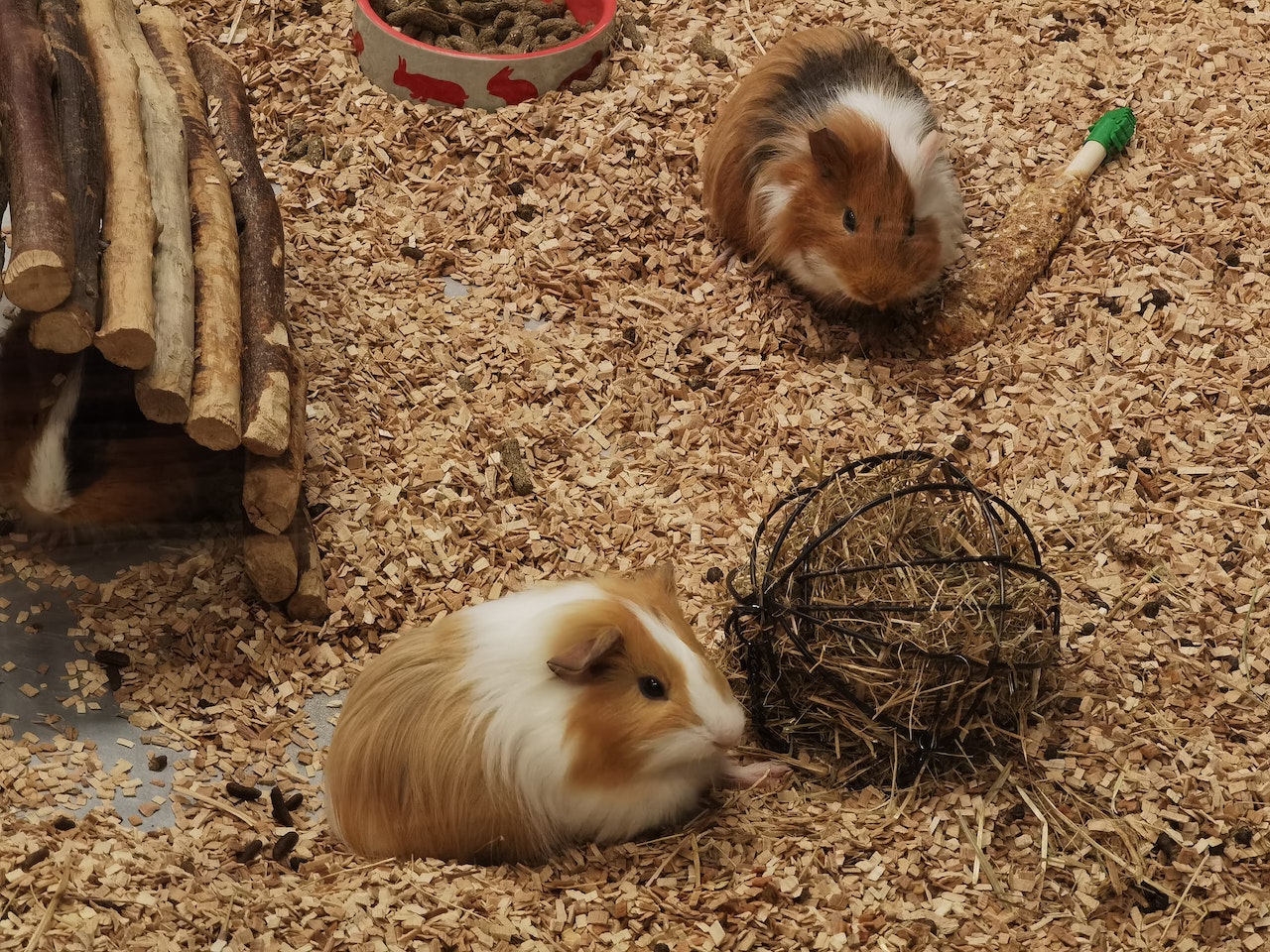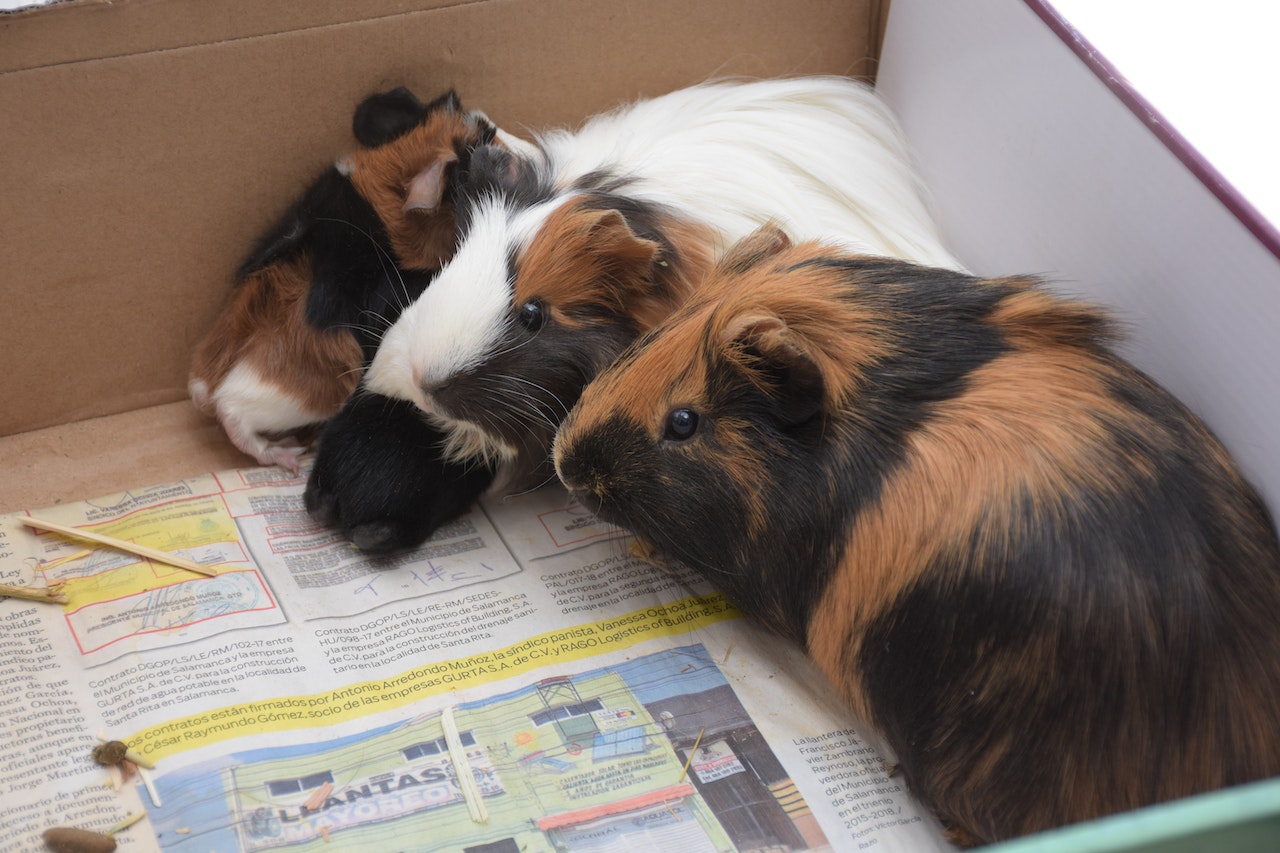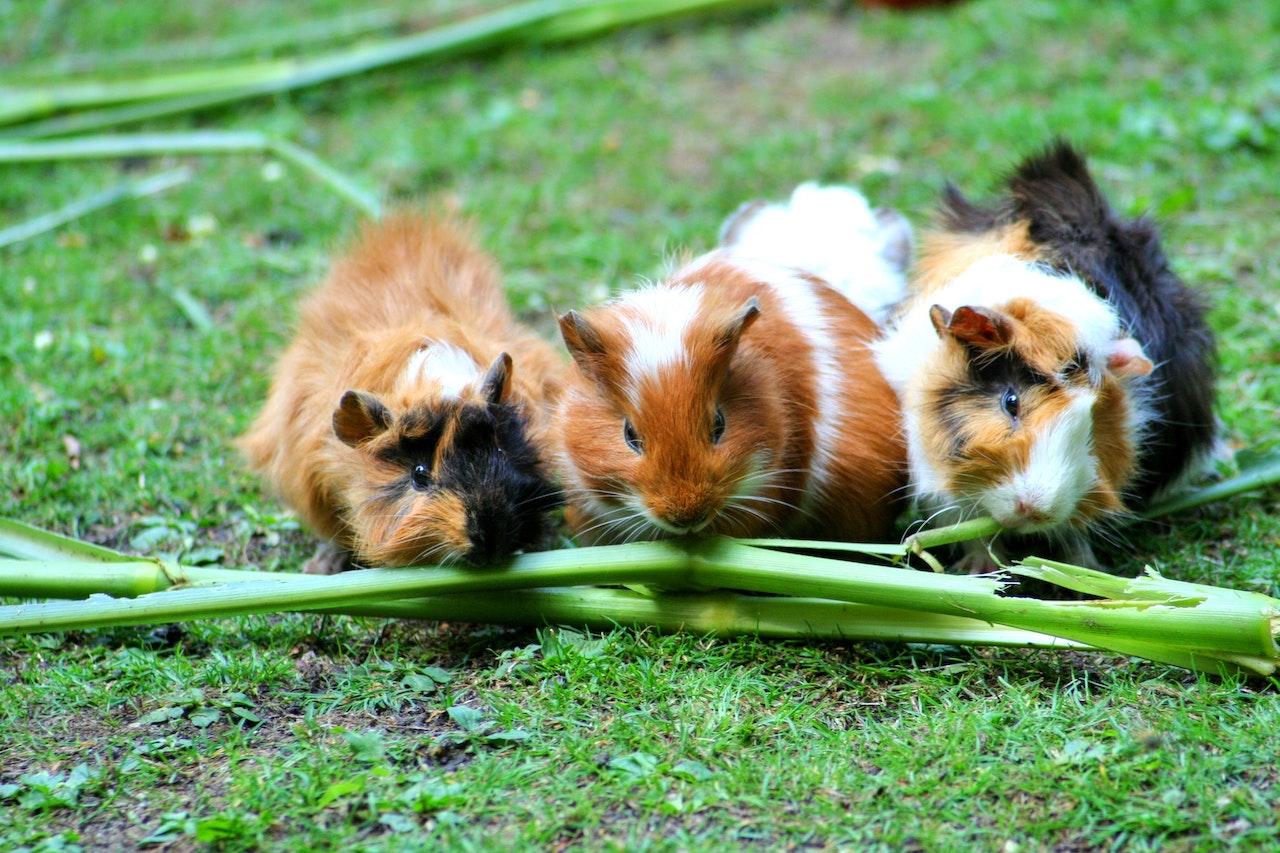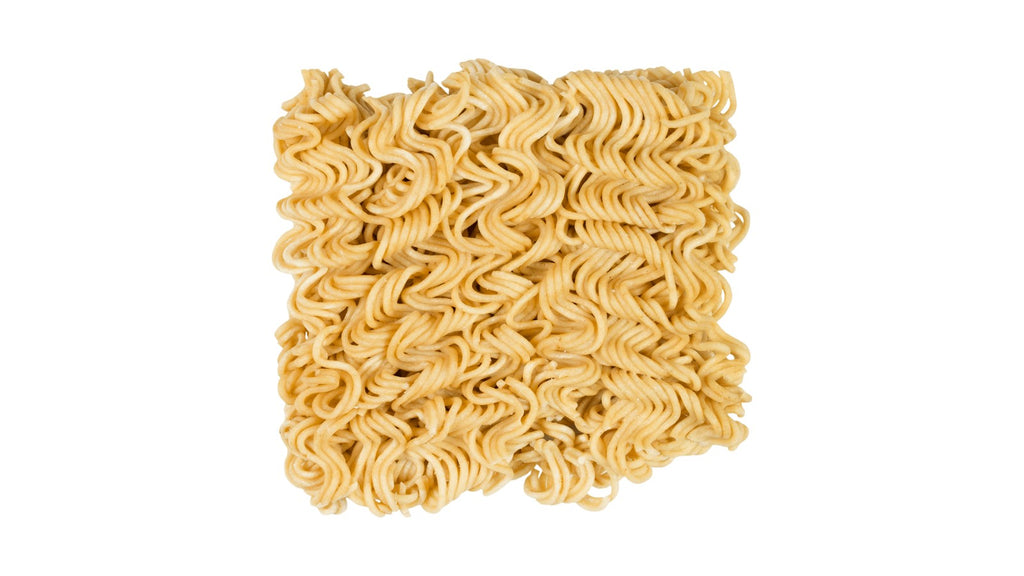
Have you ever eaten noodles? How about a steaming bowl containing instant noodles? Yes, humans have been eating noodles for a very long time, 4000 years ago to be precise. Noodles were first made in China since then, it has risen to become one of the essential parts of popular dishes you can serve to your family all over the world.
This particular food can be crafted from everything and anything right from root vegetables to tapioca flour, mung bean starch, seaweed, buckwheat, yam, wheat flour, and rice flour. They can also be stretched, pulled, rolled, cut, and twisted. They show up in soups, salads, steaming broths, stir-fries, side dishes, and sometimes as the star event. However, you may find them silky soft, thick, and chewy, cooked, or dried. Hence, the world of noodles is varied and vast
Noodles do not only have a tasty aroma, but you will also find them enriched with some beneficial nutrients. As a pet owner, you should keep in mind that most types of noodles tend to contain nutrients that are low in calories, but they contain excess amounts of fats and some micronutrients. Can guinea pigs eat noodles? Do noodles offer any beneficial nutrition to guinea pigs?
Can guinea pigs eat noodles?
No, guinea pigs can not eat noodles. Noodles are majorly made with two essential nutrients which are flour and water. However, guinea pigs can not eat flour because their digestive system cannot digest them. Also, these two ingredients contain unhealthy amounts of carbohydrates, fats, and carbs, and these nutrients have proven to be detrimental to your little cavies if too much of it is present in their body system. Sometimes, they have other additional ingredients like eggs, butter, and spinach, these additional nutrients may result in digestive problems for your little pigs because they don't have in them enzymes that can digest them. In other to avoid indigestion or other severe health risks, it is advisable for pet owners not to feed guinea pigs noodles, ramen, or pasta because they come from the same source.

Possible health risks of feeding noodles to guinea pigs
Guinea pigs are herbivores and this indicated that they can not feed on any flour-made products like noodles, pasta, or ramen because their digestive system is only structured for veggies, hays, herbs, fruits, etc. However, what will happen if you find your cavies immersed in eating noodles, what are the likely damages that your guinea pigs be likely prone to? Some of the possible health risks associated with serving noodles to guinea pigs are listed below
Lack of adequate Vitamin C
Noodles do not have enough vitamins, to begin with, however, the amount of vitamin C found in guinea pigs is little or better still, close to none. Pet owners should be aware that guinea pigs need vitamin C to survive because their body system does not formulate vitamin C, and this makes it an essential nutrient for your cavies. Lack of vitamin C will lead to a poor immune system, no scurvy prevention, and poor health of their skin, hair, and other organs.
Low amount of dietary fiber
Dietary fiber is also one of the essential nutrients guinea pigs need for their daily survival. This is because they help with bowel movements and digestion thereby, preventing health risks like gases, diarrhea, constipation, bloating, etc. Since guinea pigs are herbivores and they can't digest noodles, then cavies will likely be prone to digestion problems, if they do not find solace in other food
High in carbs and fats
High fats and calories are not recommended for your guinea pigs because it causes health risks such as heart problems. This is because the calories build up in their bloodstream and cause blockage of essential nutrients, thereby leading to heart problems which can eventually lead to death if not properly monitored. Other possible health risks that may arise from too much fats and calories are obesity or unhealthy weight, cardiovascular disease, diabetes, etc
The high amount of calcium
There is usually a high tendency for guinea pigs to suffer from urinary damage especially kidney or bladder stones after eating noodles. This is because their leaves are also enriched with decent calcium content, and this may be useful for pregnant and growing guinea pigs when present in high amounts in their body system. However, it will cause a lot of damage to adult guinea pigs because they won't be able to properly utilize them. Hence, they are stored as stones in their body.
Can guinea pigs eat cooked noodles?
No, guinea pigs can not eat cooked noodles because it does not contain the necessary nutrients needed by your little cavies e.g vitamins, hence, they should only be eaten by humans. Also, guinea pigs' digestive systems can not digest any cooked food, and cooked noodles are included.
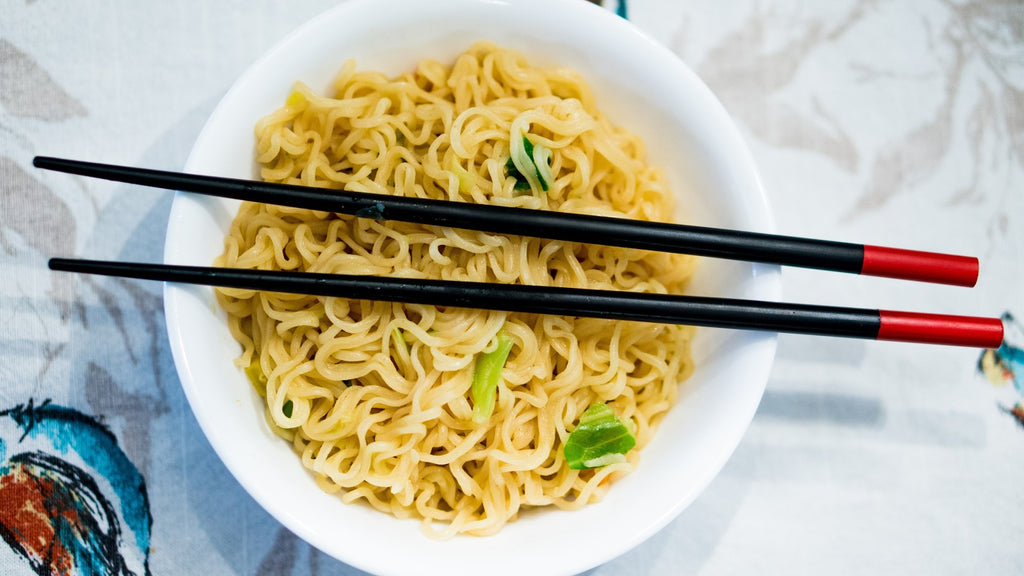
What is the type of food that should be given to guinea pigs?
Hay
Guinea pigs' digestive systems may be super sensitive because they usually require a lot of fiber that will constantly help them digest the food they consume since they love eating a lot. They require food with low cholesterol and fat with high fiber and vitamins. An example of such food is Hay. Hay is said to be a staple in guinea pigs' diets, and hay can be of various varieties. They are timothy hay, alfalfa hay, clover, Bermuda, etc
Vegetables
Vegetables are also one of the regular meals for guinea pigs. Fresh vegetables like broccoli, zucchini, carrots, cucumbers, kale, artichokes, tomatoes, parsley, etc are enriched with nutritional benefits that can help you keep your cavies healthy.
Fruits
Most fruits have a high proportion of sugar and acidic content, but as long as they are fed in the correct proportion they can be entrusted as one of your cavies diet. Example of fruits that can be eaten by your guinea pigs is bananas, apples, apricots, berries, papaya, pumpkin, watermelon, kiwi, pears, and many more.
Conclusion
Guinea pigs can not eat noodles, and this is due to the nature of their digestive system. Noodles, however, do not contain the important beneficial nutrients your guinea pigs needed like antioxidants and vitamin C. This is why they need to explore vegetables, fruit, hay, and some herbs as food.

